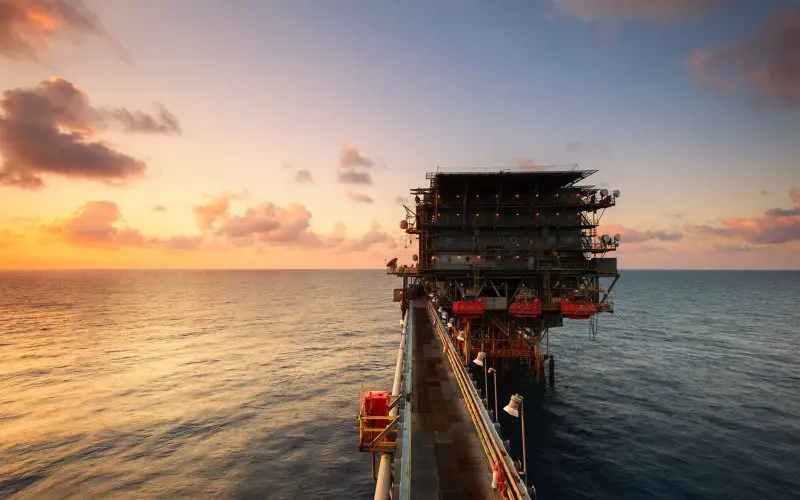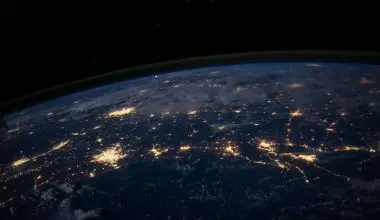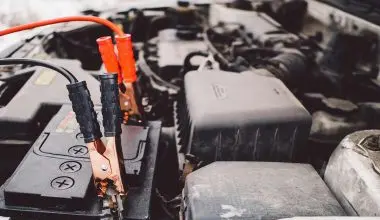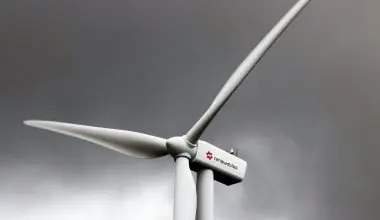Table of Contents Show
What is oil?
Oil is a fossil fuel. Fossil fuels are formed by the natural process of anaerobic decomposition of buried dead organisms. It is also known as liquid coal. It is one of the most important fossil fuels on earth.
The process of decomposition took place many thousands of years ago as dead animals and plants were crushed under the surface of the earth. Over the years more layers of ground fell on them which created a perfect environment for the formation of oil along with other fossil fuels.
Where can oil be found?
The fundamental way of finding oil is underground, buried beneath the surface of the earth. Engineers dig holes into the ground to extract the oil from beneath which is further processed. However, in some places oil can also be found on the surface as oil bubbles coming right out of the ground. This was observed at LaBrea Tar Pits, in Los Angeles, California, where thick bubbles of oil male big pools of them.
There are not many examples of oil bubbling towards the surface as still most of the oil is stored underneath the ground and not only underneath land but also underneath the ocean floor.
How is oil extracted from the Earth?
Oil is extracted through many ways but the most common one being used is where drilling takes place on the surface of the earth with what is called a drilling rig.
The oil extraction process includes the following stages: primary, secondary and tertiary.
Primary recovery
This is the first stage of extraction where crude oil flows naturally under the base of the oil rig. The natural underground pressure forces the oil up to the surface.
Secondary recovery
As the oil’s natural flow towards the rig diminishes over time, this stage takes over and helps to increase the oil pressure by increasing the reservoir pressure. This gives a push to the oil in flowing towards the rig.
Tertiary recovery
After the oil extraction from secondary recovery becomes impossible, tertiary recovery is applied. During this method; water, gas and other chemicals are injected inside the reservoir in order to improve the natural flow of crude oil.
Petroleum can be extracted 24 hours a day for many years. Successful oil sites produce oil for as long as 30 years.
The oil platforms are one of the biggest man-made structures of the world. The extraction process is surely cost effective but on the same side causes many problems for the area. For example, pollution and accidents can cause irreparable damage to the local ecosystem. Oil spills are a common practice which can cause further damage to the ecosystem.
After the oil is extracted, it is further processed into refineries which takes out the chemicals from the extracted oil and turns it into petroleum. Other than turning the petroleum into gasoline it is also processed for nail polish, rubbing alcohol, crayons, roofings, and thousand other items. When those chemicals are extracted during refinement, they are usually released into the environment. This brings us to the environmental impact of oil extractions.
Environmental impact of the oil industry
Oil as we know is very harmful for the environment and our health. This is not only because it is used as car fuel and emits harmful emissions that lead to climate change, but it is known to be linked with respiratory diseases in humans.
The use of oil over the years has raised environmental challenges in our times. As the oil runs out from the reservoirs, the drilling companies relocate and a new area is sacrificed (Leaving the old area barren).
As mentioned before, petrol is also used in plastic manufacturing which is made up of many different chemicals to make sure the plastic is durable and flexible. This further draws the problem of marine litter due to plastic waste. This is mainly because people don’t recycle the plastics they use or because it is not possible to recycle some plastics.
The statistics further prove how problematic this situation is, as it is estimated that 18,000 pieces of plastic litter floats on every square kilometer of the world’s ocean.
The extraction of the oil is optimized in a way that all the extracted oil is used (Maximum Efficiency). However, this does not counterbalance the environmental damage it causes.





